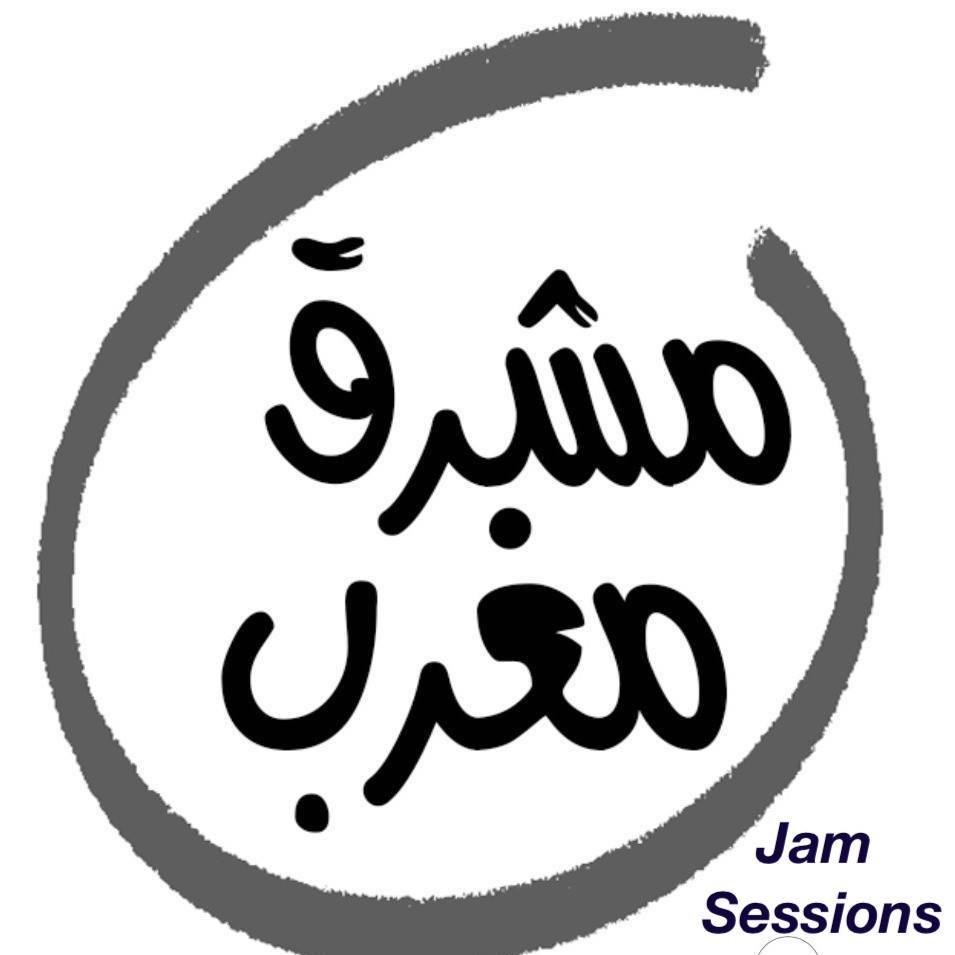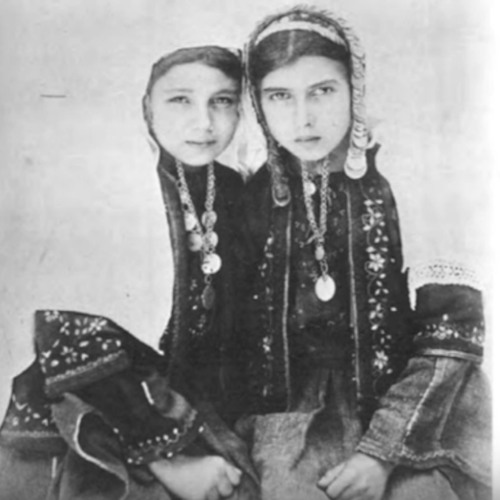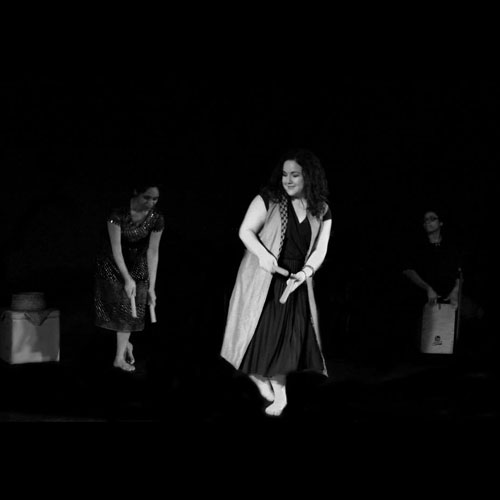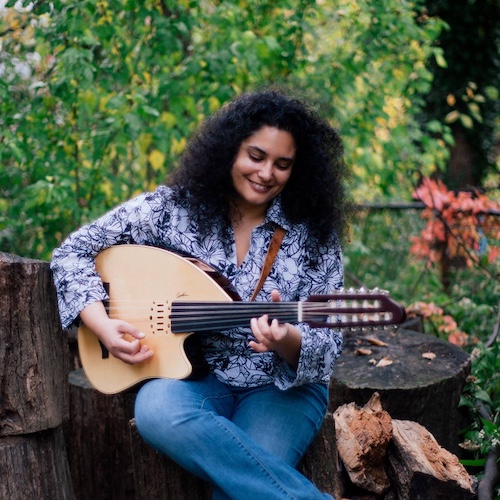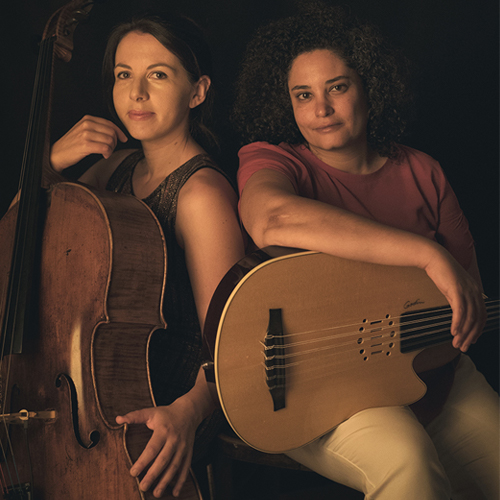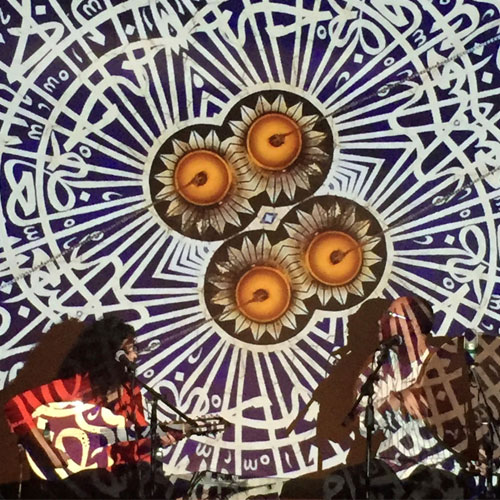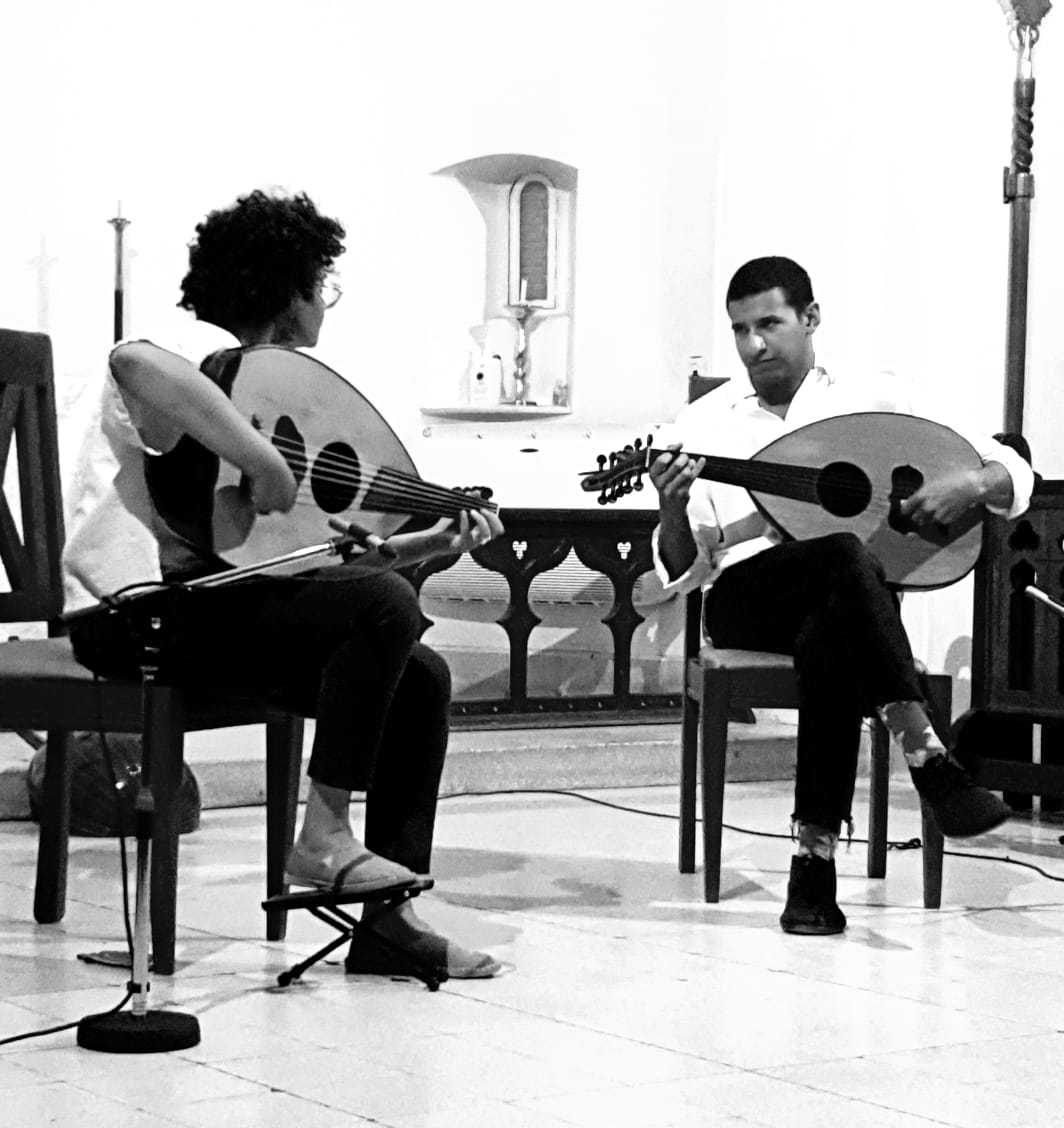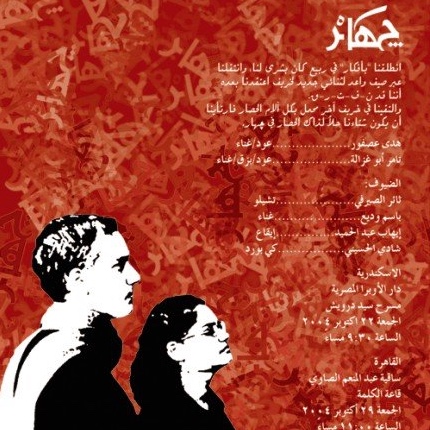
Released :
2004 - 2006Genre :
BandStyles :
Folk
A collaboration with Tamer Abu Ghazaleh
“Jehar is the title we have given to a series of musical experiments that we were trying to bring to life, experiments that recognize the importance and need for a true change in the arabic music of today. Through learning from past successful musical experiments we hoped to find the appropriate equation that brings us into a contemporary setting which our ears were thirsty to hear at the time.”
Review by Nadine Khoury 2006
Music, tradition and the mummy.
In the past, authority would long for everlasting legitimacy. For example, pharaohs enjoyed, even dead, a phantom of their sovereignty under the form of a mummy. This was a way to tell the people of Egypt that power was timeless; derived from Gods it was represented on earth by semi-gods that also shared the privilege of eternal life under the forms of lineage and mummification. The veil that kept pharaohs “alive” however, also served to mask the brutality of their reign. This ruse still fools us today as we continue to pay him homage in museums; admiring his might and forgetting his tyranny. It’s unfortunate to say, things didn’t change much, even if reign through lineage largely overtook mummification in our contemporary Arab world. Now, what does mummification have to do with the wonderful music performed by Jehar in the Cultural Palace of Ramallah on the 9th of August? I will come to that shortly.
The image of visitors admiring a mummy in a museum is a recurrent picture that I get listening to Arabic music today. It is not my intention to offend the modern-day listener or musician, but simply to understand the esthetic moment that links the two in a concert hall, a musical recording, or a video clip; the latter resembling the morbid eye contact with a three-thousand-year-old mummy. To make things clearer, it might be useful to give you that mummy’s name, it is called tradition. Unlike men and kings, tradition defies temporality. It is well known, as long as one keeps his traditions, it continues to be part of one’s daily life accompanying new forms of joy and healing grief unknown in the past. Songs like bent el shalabyeh still speak to us today, even when crossing an Israeli checkpoint or an Egyptian airport security control (can’t decide what is actually worse). Magically released from its context of birth it becomes “traditional” and therefore “atemporal”, adapting to time and space, always ready to bring new solutions. However, it’s up to us to ask the right questions; tradition can survive only through constant reinterpretation and questioning. Unlike pharaohs who mummified themselves to fool time, it is us who vivifies tradition. But we seem to have embalmed it against time, simply renewing its veils with lack of vision, poor world music, fossilized ottoman longas, and ethnomusicology. Our music has become good for museums, not concert halls.
Again I ask what does mummification have to do with the wonderful music performed by Jehar in the Cultural Palace of Ramallah on the 9th of August? It is simple, they simply unwrapped the mummy. They showed us the real essence of tradition, not blind conservatism but progress: flexibility in identity. It is like seeing an Egyptian mythological figure that is usually portrayed by profile, suddenly crossing into the third dimension: it’s the same god, but now he faces you and judges you in a different posture, one which is frightening and fascinating. All this imaginative drama is what the music of Jehar invokes, every note is a part of this story and even more. Besides two original compositions, the trio consisting of the very talented Tamer Abu Ghazaleh, Huda Asfour, and Rabea Jubran (along with guest musicians) offered us a collection of rearranged traditional songs that we all know, or should I say knew. They unveiled the morbid white sheets of the mummy to show the livelihood of tradition as if songs like “Taloo hbabna” or “Koli’l ba2olek toobah” were just waiting to carry a new dress to display their voluptuous curves. Seeing a mummy in flesh and bones is a horrifying sight, but what is worst is when the mummy is your own self. Suddenly three young adults with their honest voices and instruments, make you discover that you and your identity were locked in a museum while the rest of the world curiously observed you with a distant eye. I am sorry to use all this metaphorical language instead of giving a more technical account of the concert. But there is something here that is more than just outstanding music: there is vision. Contrasting the somehow boring concerts where everybody is simply happy, this concert took a new form. Insisting on musical arrangements and interpretation, Jehar opened a critical gap where one would finally question himself: what does it mean for us to listen to traditional music? To perform it, to enjoy it, or simply to judge it? Some shocked, shouted in protest against the misuse of tradition, while others were in ecstasy, some simply didn’t understand, while others were overwhelmed. This is an extremely positive sign, because music suddenly gathered all these passive people in a community of thought and self-critic, bridging our contemporary world with our traditions: unleashing the mummy back into the world.

